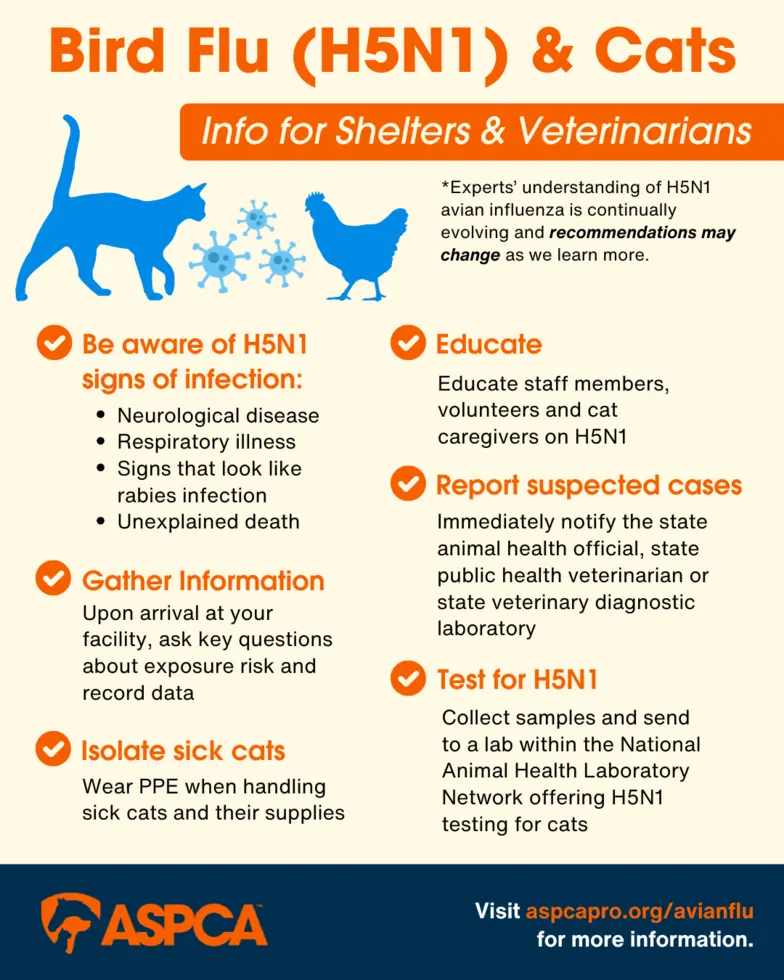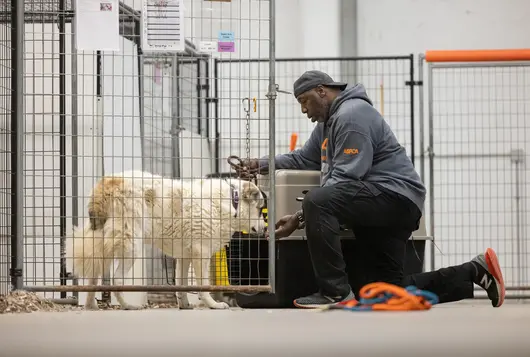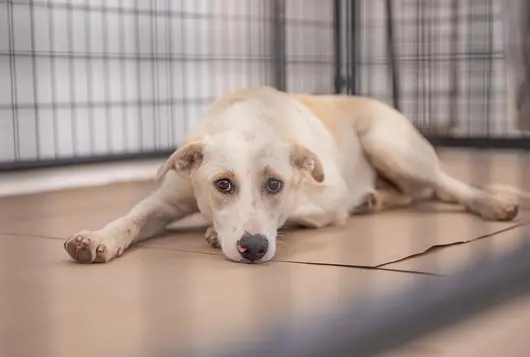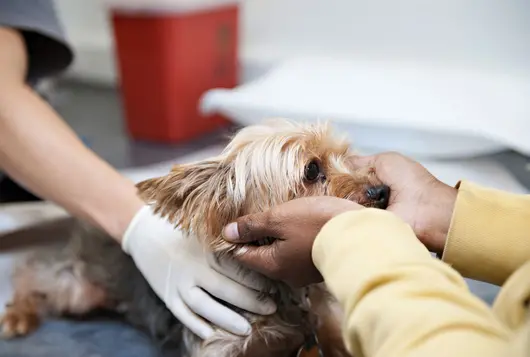H5N1 Avian Flu Identification and Response

Experts’ understanding of H5N1 avian influenza is continually evolving and recommendations may change as we learn more. Please refer to the collaborative recommendations from the Shelter Medicine Academic Collaborative for the most up-to-date information.
Be Aware of H5N1 Signs of Infection
Cats are very susceptible to H5N1 infection, but at this time the overall risk for exposure and infection is believed to be low. Signs include neurological disease, respiratory illness and unexplained death.
Cats exposed to H5N1 or those suspected of being infected with the virus should be evaluated by a veterinarian.
Promptly report suspected cases to the state animal health official, state public health veterinarian or state veterinary diagnostic laboratory. They can also advise on collection of samples and submission to a laboratory within the National Animal Health Network that can test for H5N1.
Sick animals may transmit influenza to other animals, including humans. These cats should be isolated in a separate room, away from other animals, and people caring for them should wear PPE to protect themselves from potential exposure.
Isolate cats with suspicious clinical signs, especially those with newly developed neurologic signs regardless of history.
Test for H5N1
Consider testing if there are unexplained deaths, neurological signs, severe or unusual respiratory disease or signs that look like rabies infection.
Provide Accurate and Timely Information About Risk Factors
Train and educate staff members, volunteers and cat caregivers on the risk of infection in cats, what to do if they see cats with clinical signs that may be from H5N1 infection and the steps they should take to protect themselves and other animals. Training should also be provided on the risk factors for exposure, such as contact with sick or deceased wild birds, backyard flocks or poultry farms, contact with dairy cows, consumption of raw meat or unpasteurized dairy products and known exposure to other animals or people infected with H5N1.
Gather Information on Cats Entering Your Facility
Upon arrival at your facility, ask key questions about exposure risk and record data. Questions should include, but are not limited to: Did this cat come from a farm with cows or chickens? Has this cat been around any sick or dead birds or dead cats? Has this cat had trouble breathing or been acting strangely? Has this cat been fed a raw diet or unpasteurized milk?
Don’t Go It Alone
If you identify concerning cases or have questions, reach out for support. Shelter medicine veterinarians at the ASPCA and several veterinary colleges are available for consultation. Your state animal health official, state public health veterinarian or state veterinary diagnostic laboratory can also be valuable sources of information and support.
Considerations for Community or Group Cat Caregivers
H5N1 has been documented in birds in all 50 states. The overall risk for exposure and infection in cats is still considered low in most areas, but there are factors that increase the risk. Take these precautions to limit the risk of exposure and infection.
- Don’t feed raw or uncooked poultry (chicken, turkey, duck) or unpasteurized dairy products.
- Don’t leave food out for wild animals to eat.
- Clean food and water bowls regularly.
- Wear gloves when handling community cats, their food and equipment.
- Monitor your cats for signs of respiratory illness and neurological disorders.
- House sick or injured cats in traps separately from other cats and have them evaluated by a veterinary professional.
- If handling sick cats, wear appropriate PPE.
- Stay up to date with the CDC’s H5N1 outbreak map to determine if you are in a high-risk area.
Updated March 14, 2025
We have lots more on this subject:



